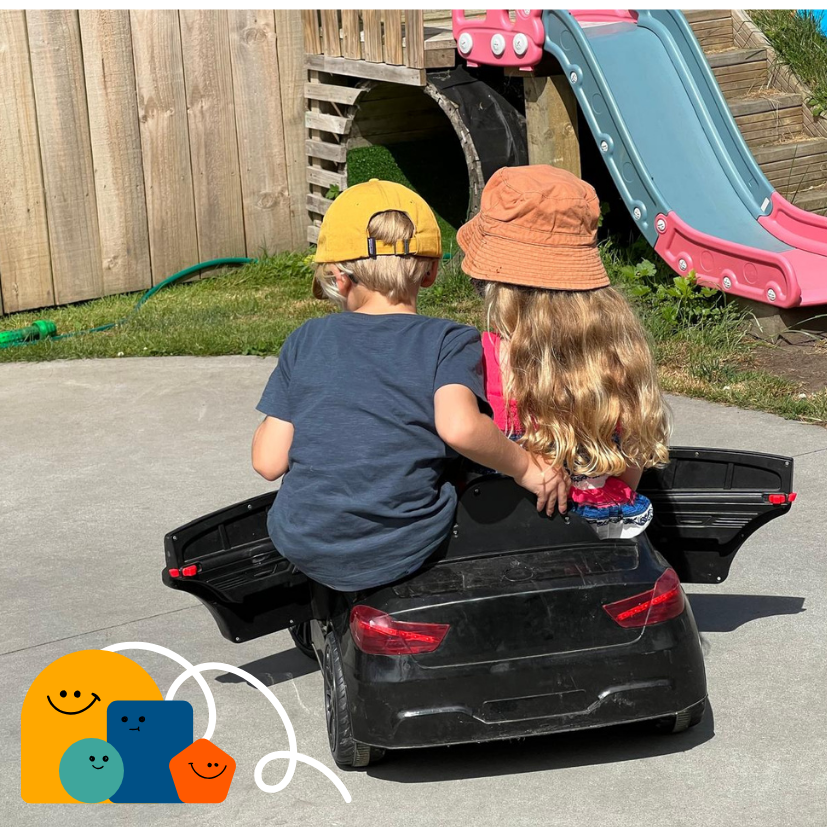Why Emotional Literacy is the Key to a Child's Success and Well-being
Has your child ever had a meltdown and struggled to explain why? Or maybe they just say “ I don’t know” when you ask them what's happened. These moments show us how important emotional literacy is, because it is the skill of recognising, understanding, and expressing emotions.
Emotional literacy is a fundamental skill that shapes children’s social, academic, and personal success. When children develop this skill, they’re better equipped to navigate relationships, handle challenges, and build a strong sense of self. Teaching emotional literacy is a powerful way to support children’s well-being and resilience.
What is Emotional Literacy?
Understanding one’s own emotions and empathising with others. This skill helps children to identify and name their feelings, understand the reasons behind them, and express them clearly. Research in child development shows that children with strong emotional literacy are more resilient, perform better academically, and are less likely to experience behavioural issues.
As parents, we see emotional literacy every day, often in the tricky moments. You might notice it when:
Sibling arguments turn into shouting matches
Your child says, ‘I hate you’, in frustration
Simple request, end in tears or emotional outbursts
Friendships feel tricky, and they don't explain why.
These everyday moments can feel overwhelming, especially at the end of a long day. But they are also opportunities to help children put words to their feelings.
As with most things, children first learn emotional literacy from their parents. The way you talk about your own feelings, listen to theirs, and help them name emotions gives them the blueprint for managing in later life.
Signs of Strong vs. Developing Emotional Literacy in Children
Signs of Strong Emotional Literacy
Name and share their feelings
Show empathy towards others
Understand the impact of their actions.
Signs of Developing Emotional Literacy
Struggle to name or describe their feelings
React strongly to frustrations or disappointment
Find it difficult to understand other people's feelings.
How to Encourage Emotional Literacy at Home
Emotion Charts
Visual aids give children a language for expressing their emotions.“ It looks like you feel angry. Can you point out the picture which shows how you feel?’
Talk About Feelings
Encourage children to share how they feel and validate them by acknowledging without judgment. Make this a part of everyday family life.
“You look upset. Would you like to talk about it?’
Use Books and Stories
Stories create safe moments to explore emotions through the characters. Books help children notice and name different feelings in others, and begin to understand and make sense of their own.
“ How do you think ….. felt when that happened?”
Practice Active Listening
Show children their feelings are valued by listening fully and reflecting back
“It sounds like you had a really tough day. It must have felt lonely when you couldn't find your friends to play with at lunchtime.”
When children have the language and tools to express themselves, they feel understood, connected and confident. The foundation of resilience and healthy relationships with themselves and others.
Discover our resources to support your child’s development of emotional literacy today.

